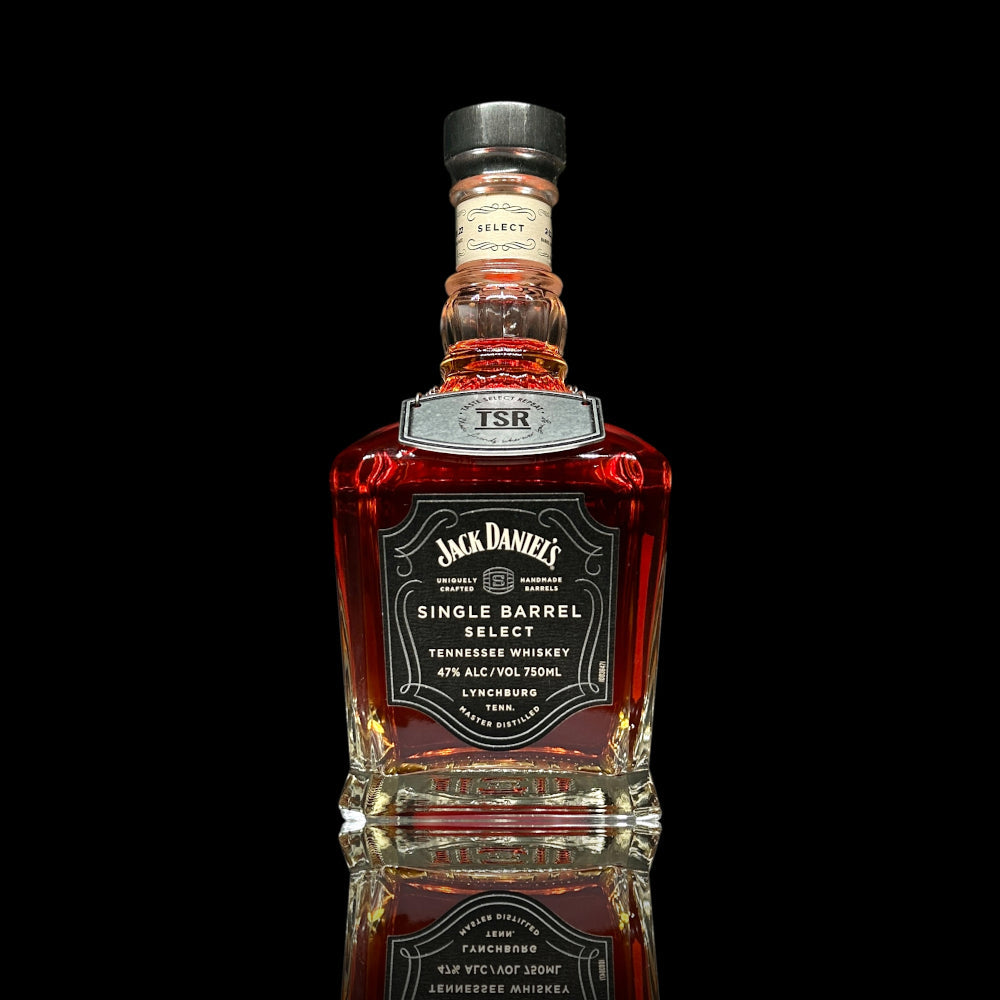Check Out the most effective Bargains: Buy Jack Daniel's Tennessee Whiskey Online and Conserve
Check Out the most effective Bargains: Buy Jack Daniel's Tennessee Whiskey Online and Conserve
Blog Article
Discover the Art of Distillation: Exploring the World of Alcohol and Bourbon
The elaborate procedure of distillation has actually shaped the globe of liquor and bourbon into a world of unequaled craftsmanship and varied flavors. From the ancient beginnings of distillation to the modern-day developments in strategies and devices, the trip of how spirits are crafted is a remarkable one.
The Origins of Purification
How did the ancient human beings first uncover the art of distillation that would later on revolutionize the manufacturing of spirits and bourbon? The origins of purification can be mapped back to ancient Mesopotamia and Egypt, where early experiments were performed to separate alcohol from fermented beverages (Buy Jack Daniel's Tennessee Whiskey Online). The procedure of distillation includes warming a fluid to create vapor and after that cooling it to condense the vapor back right into a liquid type, permitting for the removal of purer alcohol
The ancient Greeks additionally created these techniques, with noteworthy numbers like Aristotle discovering the principles of distillation. Nevertheless, it was the Arab alchemists throughout the Islamic Golden Age who made substantial improvements in purification innovation, laying the structure for modern distillation methods.
Purification Methods and Tools
Purification techniques and equipment play an important duty in the manufacturing of spirits and bourbon, ensuring the extraction of pure alcohol from fermented liquids. The process involves heating the liquid to create vapor and then cooling it to condense the vapor back into a liquid form, separating the alcohol from other components. There are various distillation methods employed in the industry, including pot still distillation, column purification, and continual purification.
Pot still purification, the earliest technique, includes an easy batch process where the liquid is warmed in a pot still, and the alcohol vapors are accumulated and compressed. Column purification, on the other hand, uses a column with multiple plates or trays to achieve a more constant and effective distillation procedure. Continual purification systems, like the Coffey still, enable a constant circulation of fluid with the system, resulting in high-proof alcohol production.
Purification devices ranges from traditional copper pot stills to modern-day stainless-steel columns, each offering distinct advantages in regards to flavor profiles and performance. The option of equipment and technique substantially affects the final product's top quality and attributes.
Diverse Varieties of Alcohol Worldwide

Scotch whisky, made in Scotland, is recognized for its peaty and complex tastes stemmed from the nation's malted barley and traditional aging process in oak barrels. In contrast, look at this site the robust and wonderful bourbon scotch hails from the United States, specifically Kentucky, where it is crafted predominantly from corn.
Moving to the Caribbean, rum takes the limelight with its sugarcane beginnings and diverse profiles ranging from light and crisp to abundant and dark. Tequila, Mexico's famed spirit, is made from heaven agave plant and boasts a wide variety of styles, from earthy blanco to aged añejo ranges.

Scotch Styles Across Different Regions
Checking out the world of whiskey unveils a diverse range of styles originating from different regions, each offering a distinct taste and character formed by neighborhood active ingredients and purification approaches. Scotch whisky, coming from Scotland, is understood for its smoky, peaty flavors, with regions like Islay producing particularly durable malts. Irish bourbon, on the various other sites hand, has a tendency to be smoother and lighter, commonly triple-distilled for a crisp surface. American bourbon, a corn-based scotch, is aged in brand-new charred oak barrels, offering it a wonderful and caramelized profile. Tennessee bourbon, very closely pertaining to bourbon however with an additional charcoal filtering procedure understood as the Lincoln Region Process, flaunts an unique mellow taste.
Japanese whisky, inspired by Scotch customs, has gotten global acknowledgment for its precise workmanship and balanced tastes. Canadian whisky, generally made from a mix of grains, is understood for its smooth and light qualities. Each area's whiskey design reflects its special heritage, environment, and production strategies, providing fanatics a rich tapestry of flavors to discover.
The Future of Distilled Spirits
With an ever-evolving worldwide taste and an enhancing need for technology in the spirits industry, the future of distilled spirits presents a landscape ripe for exploration and creative thinking. As customer preferences remain to shift towards artisanal and one-of-a-kind products, distillers are obliged to push the limits of standard purification approaches. This change has actually led to a surge in experimental distilling techniques, such as barrel aging in non-traditional woods, blending spirits from different regions, and utilizing alternative grains for purification.
Furthermore, sustainability special info and environmental consciousness have come to be vital elements shaping the future of distilled spirits. Distilleries are significantly focusing on reducing their carbon impact, executing green methods, and sourcing neighborhood active ingredients to develop a much more sustainable product. This trend is not only driven by customer need for fairly created spirits but also by a genuine dedication within the sector to lessen environmental impact.
In the coming years, we can anticipate to see an ongoing emphasis on development, sustainability, and diversity on the planet of distilled spirits, as distillers make every effort to satisfy the developing tastes and worths of the contemporary consumer.
Conclusion
To conclude, the art of purification has a rich background and varied techniques that have actually been improved over centuries. From the origins of distillation to the variety of liquors readily available worldwide, this ancient practice proceeds to develop and innovate. Bourbon, in specific, showcases the distinct designs and flavors that various regions offer the table. As innovation advances, the future of distilled spirits looks encouraging, with new opportunities imminent.
The complex process of purification has formed the globe of liquor and scotch right into a realm of unparalleled craftsmanship and varied tastes.How did the old civilizations first uncover the art of purification that would later on change the production of spirits and scotch?Purification strategies and equipment play a vital duty in the production of spirits and scotch, making certain the removal of pure alcohol from fermented liquids. There are different purification approaches employed in the industry, including pot still distillation, column purification, and continual purification.
Column distillation, on the other hand, utilizes a column with several plates or trays to accomplish an extra continuous and effective distillation process. Buy Jack Daniel's Tennessee Whiskey Online.
Report this page